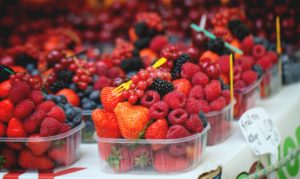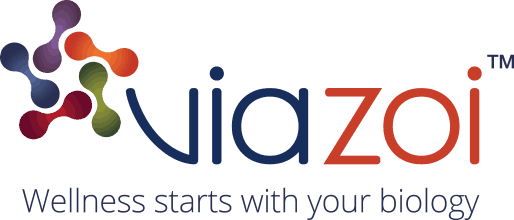Your first line of defense against cancer and disease in general is a strong, healthy body. There are a number of factors that contribute to this goal, including getting the right amount of the right nutrients. While you may generally have a healthy diet, however, it is still possible for you to nutrient deficiencies. But all is not lost. Below, we present four common nutrient deficiencies and what you can do about them.
A, B, C, Vitamin D
 We all know vitamin D is vital to bone health. But did you know that your body needs vitamin D to absorb calcium? If calcium is not absorbed into the body, it can collect in soft tissues and other areas, causing health problems. Signs of a vitamin D deficiency might include fatigue, and muscle weakness or aches. Long term vitamin D deficiency can actually lead to the softening of bones, which could increase the likelihood of recurring injury as well as other health issues.
We all know vitamin D is vital to bone health. But did you know that your body needs vitamin D to absorb calcium? If calcium is not absorbed into the body, it can collect in soft tissues and other areas, causing health problems. Signs of a vitamin D deficiency might include fatigue, and muscle weakness or aches. Long term vitamin D deficiency can actually lead to the softening of bones, which could increase the likelihood of recurring injury as well as other health issues.
Our natural source of vitamin D is the sun, specifically, UVB rays, and you should use it. Avoiding the sun isn’t in the best interests of your health. According to Dr. Mercola,
“…due to decades of professional and media misinformation, the typical American believes they should avoid the midday sun and need to use sunscreen before, and several times during, sun exposure.”
You have to be very careful when getting sun to avoid sunburn, which is very harmful to your skin, but it is not necessary to wear sunscreen constantly as it can block the UVB rays your skin needs to make vitamin D3. You can also get your daily vitamin D from fortified milk or yogurt and fatty fish, like salmon.
Potassium
Potassium is a mineral and electrolyte that is very important for the proper functioning of all organs, tissues, and cells in the human body. Short-term deficiency may be caused by excessive sweating, vomiting, antibiotics, diarrhea, or chronic conditions such as eating disorders and kidney disease. Symptoms of potassium deficiency may include weight loss, constipation, and muscle weakness. In the event of a severe potassium deficiency, there may also be abnormal heart rhythm. Good sources of potassium include, bananas, whole grains, milk, beans, peas and other vegetables. Dark fruit juices, such as tart cherry, pomegranate, and black mulberry, are also good sources.
Calcium for Strong Bones
Many people, especially women, tend to have low levels of calcium, which is an essential mineral that helps maintain strong bones and control nerve and muscle function. Symptoms of severely low calcium include poor appetite, muscle cramps, abnormal heart rhythms, and fatigue. Get enough daily calcium by consuming at least three servings of calcium-rich foods, such as yogurt, milk, dark leafy greens, and cheese. Whole food sources of calcium are best, but you could also speak to your doctor about calcium supplements as an option.
Daily Ironing
Iron is essential for the production of red blood cells, and thus, for transporting oxygen through the body. When a doctor tells you that you are anemic, it means that your body can’t effectively carry oxygen. This most often causes fatigue but could also cause dull, thin, sparse hair, and pale skin. Beef, iron-fortified cereal, spinach, lentils, beans, especially chickpeas, kidney beans, and white beans, and oysters are good sources of iron.
Combat Ready
Good health is on the front lines against disease. Your lifestyle choices make a significant impact on how well your body can protect itself from illness, including cancer. Your risk for cancer isn’t always just a matter of lifestyle, however. reveal23 is here to help you understand your inherited cancer risk so that you can make the necessary preventative decisions for the healthiest future possible. Visit http://reveal23.com/ to order our convenient testing kit!

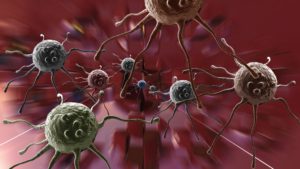 Cancer is the name given to a collection of related diseases where some of the body’s cells begin to divide uncontrollably and spread into surrounding tissues. This general definition applies to a
Cancer is the name given to a collection of related diseases where some of the body’s cells begin to divide uncontrollably and spread into surrounding tissues. This general definition applies to a 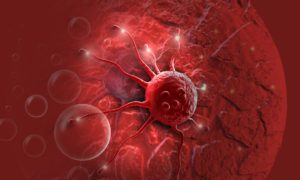 Just looking at the numbers, cancer kills hundreds of thousands of people in the United States every year. This is devastating, and paints a bleak picture, but it’s not the complete picture. The likelihood of a person dying from cancer has, in fact, steadily decreased since the 1990s. Plus, the five-year survival rates for cancers such as breast, thyroid, and prostate, are now over 90 percent. The five-year survival rates for ALL cancers is now around 66 percent.
Just looking at the numbers, cancer kills hundreds of thousands of people in the United States every year. This is devastating, and paints a bleak picture, but it’s not the complete picture. The likelihood of a person dying from cancer has, in fact, steadily decreased since the 1990s. Plus, the five-year survival rates for cancers such as breast, thyroid, and prostate, are now over 90 percent. The five-year survival rates for ALL cancers is now around 66 percent. 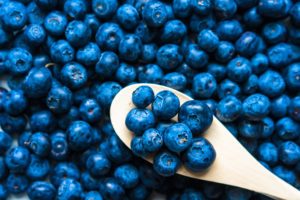 Taking It A Step Further
Taking It A Step Further